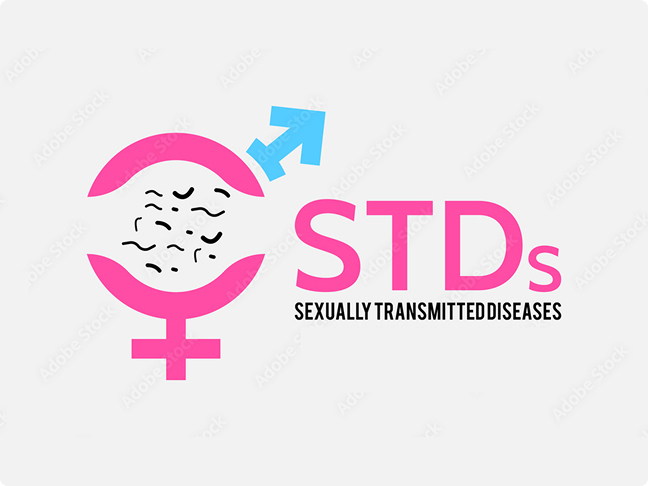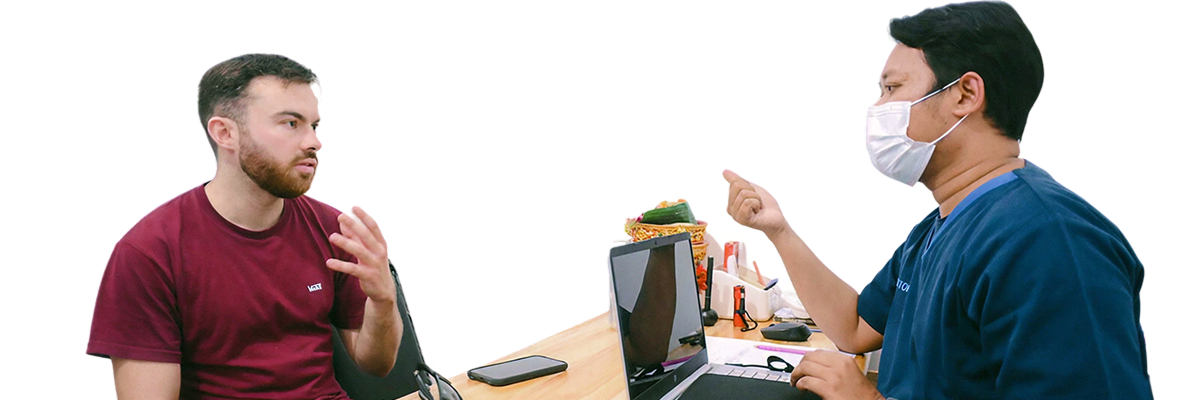Sexual Transmitted Disease ( STD ) : What You Need to Know to Stay Safe
Sexually Transmitted Diseases (STDs) are infections passed through sexual contact. Despite being common, they often go undetected and untreated, leading to serious health consequences.
Sexually Transmitted Diseases (STDs), also known as Sexually Transmitted Infections (STIs), are more common than many people realize. They can affect anyone who is sexually active, regardless of age, gender, or sexual orientation. But the good news is: most STDs are preventable and treatable with the right knowledge and care.
What Are STDs?
STDs are infections that spread primarily through sexual contact — including vaginal, anal, and oral sex. They are caused by bacteria, viruses, or parasites.
Common STDs include:
Chlamydia
Gonorrhea
Syphilis
HIV (Human Immunodeficiency Virus)
Herpes (HSV)
HPV (Human Papillomavirus)
Trichomoniasis
Hepatitis B
Many STDs don’t show symptoms right away, or at all. That’s why regular testing is critical — you could be infected and not even know it.
How Are STDs Spread?
STDs can be transmitted through:
Unprotected vaginal, anal, or oral sex
Skin-to-skin contact with infected areas (e.g., herpes or HPV)
Sharing needles or syringes
From mother to child during pregnancy, childbirth, or breastfeeding (in the case of some infections)
In rare cases, through blood transfusions
Signs and Symptoms
Some STDs show symptoms within days, while others may lie dormant for weeks, months, or even years.
Common symptoms include:
Unusual discharge from the genitals
Burning sensation during urination
Pain during sex
Genital sores, blisters, or warts
Itching or irritation
Fever or flu-like symptoms (in cases of HIV or syphilis)
However, many people with STDs have no symptoms at all — which is why routine screening is so important.
Why STDs Matter: Health Risks If Left Untreated
Untreated STDs can cause serious health problems such as:
Infertility
Pelvic Inflammatory Disease (PID)
Chronic pelvic pain
Increased risk of HIV transmission
Pregnancy complications
Cancer (especially from HPV)
Long-term damage to organs (e.g., from syphilis or HIV)
Prevention: Protect Yourself and Others
You can reduce your risk of getting or spreading STDs by:
Using condoms or dental dams during sex
Getting tested regularly, even if you have no symptoms
Limiting the number of sexual partners
Talking openly with partners about STDs and testing
Avoiding sharing needles
Getting vaccinated (e.g., HPV and Hepatitis B vaccines)
Get Tested: It’s Quick, Easy, and Private
STD testing is often fast, painless, and available at many clinics, health departments, and even pharmacies. Some places even offer free or low-cost testing.
Don’t wait for symptoms. If you’re sexually active, make testing part of your regular health routine.
Treatment and Management
Bacterial STDs (e.g., chlamydia, gonorrhea, syphilis) can be cured with antibiotics.
Viral STDs (e.g., herpes, HIV, HPV) can’t be cured but can be managed with medications that reduce symptoms and transmission risk.
Early detection is key to effective treatment.
When to See a Doctor
Seek medical attention if you:
Notice any unusual symptoms
Had unprotected sex with a new partner
Are starting a new relationship and want to test together
Have been notified that a partner tested positive for an STD
Final Thoughts: Break the Stigma
STDs are a health issue, not a moral one. There’s no shame in getting tested, asking questions, or seeking treatment. By staying informed and proactive, you protect not just your own health — but also the health of your community.




